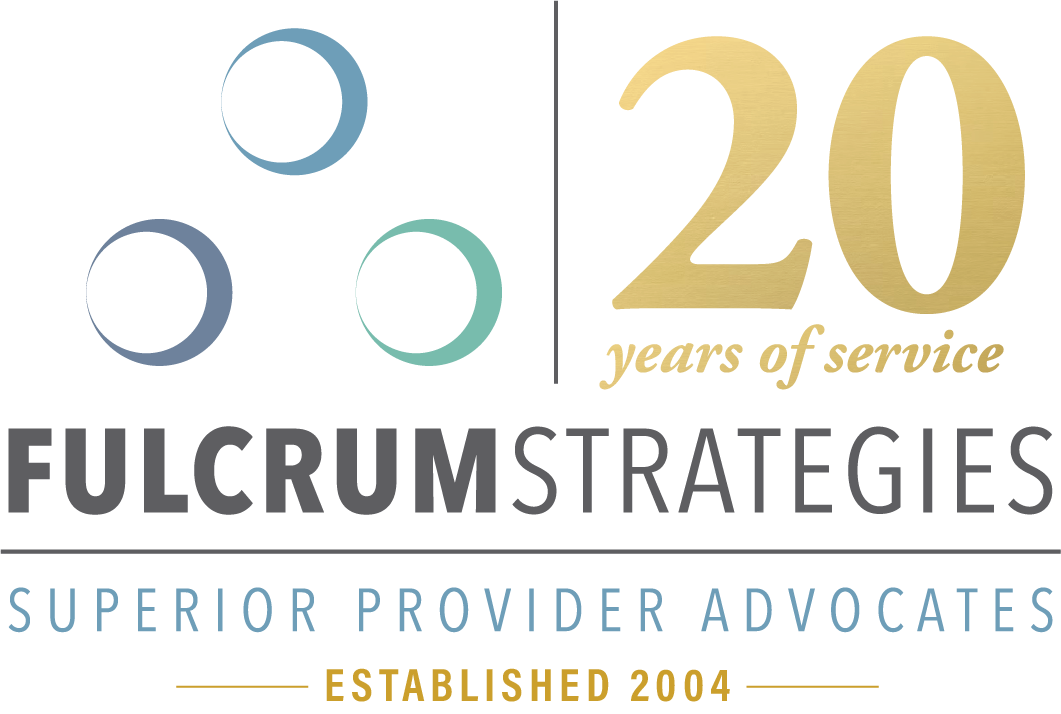The Perfect Storm (Part Four)
Consumerism.
The Role of The Consumer in Healthcare
Historically the role of the consumer in health care has been one of a passive participant. This passive participation was caused by the fact that the doctor was rarely questioned or challenged by the patient, there was limited access to information outside of the doctor’s office and since someone else was paying the bill there was little financial consequence to the patient.
Look at it this way. Assume you are going out to a nice restaurant for dinner. The waiter comes to your table and asks you a few questions like when you last ate, what your food preferences are etc. After spending just a few minutes listening to your answers the waiter tells you what you will be having for dinner. He informs you that you will be having the crab soup as an appetizer, the filet mignon medium rare for your main dish accompanied by roasted brussels sprouts. All of this will be paired with a very nice California Cabernet and at the end of the meal you will be having the baked Alaska and a cup of coffee. There is no discussion about how much all of this is going to cost or if you would rather have something else. Now we would never put up with this in a restaurant, but this is largely what has happened historically in a doctor’s exam room. The doctor will ask you some questions and based on that and some test results he or she will prescribe a course of treatment. In the past this interaction rarely involved the discussion of options or costs. All of that is going to change in the future. In the post Covid future the patient/consumer is going to drive much more of that conversation. They are going to have access to more and more information about the doctor, treatment options and costs. The future consumer is going to take a much more active role in this discussion and doctors are going to have to adjust what they do and how they do it in order to meet the demands of this new consumer. Those that do will be successful and those that don’t will be in trouble.
In the future the patient will have access to incredible levels of information about doctors. Patient satisfaction, cost profiles, training and quality data will all be available via their smart phones. The new consumer will also have more access to information about treatment options, success rates and side effects. They will use this information to help them choose which doctor to see and what they want done. They will be equipped to and will demand to discuss this information with their doctor.
In addition to being more involved in their treatment decisions the new consumer is going to demand a very different level of service. They are going to be less willing to wait long periods of time because “the doctor is running behind”. They are going to demand more electronic connectivity and functionality when dealing with their doctor. Remember, many of these new consumers are used to doing almost everything they need in life from their smart phone. For the digital native population their smart phone is more of a portable handheld tablet than it is an actual phone.
All of this spell a major shift in how health care is delivered and what a successful practice looks like. I predict that we will start to see a bifurcation in how health care is delivered. Some practices will continue with the old school status quo way of delivering care. Other practices will embrace these new concepts and will evolve into a practice style that meets the needs of the new consumer. The old school practices will start to lose the new consumer and will be attractive to older consumers (Medicare) and those without access to advanced technology (Medicaid). The evolved practices will attract more of the digital native consumers (those with jobs and good health insurance). Since Medicare and Medicaid are usually the lowest reimbursing payers that means the average revenue per patient for the old school practices will decline. The practices that evolve over time will see their revenue per patient increase. In addition, the practices that adopt this march forward in technology and service levels will actually lower their average cost per patient.
It doesn’t take an Ivy League MBA to determine which practice is going to be more profitable and able to succeed in a sustainable way.
So, the choice is yours. You can see the challenges and opportunities ahead of you and start adjusting now or you can continue with the same way you have provided care and service for the last several decades. I understand that many practices will choose the status quo. People don’t like change. I get that. I also know that as a wise man once said, “If you don’t like change you are going to hate being irrelevant.”
Take a listen to our podcast that coincides with this blog post!
https://podcasts.apple.com/us/podcast/fulcrum-strategies-analyzing-changes-in-health-care/id1281557675#episodeGuid=tag%3Asoundcloud%2C2010%3Atracks%2F828358354
